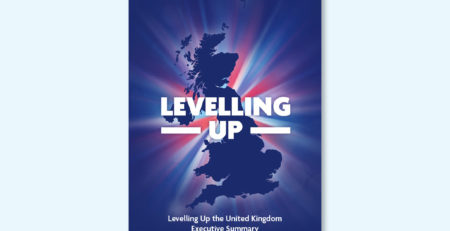Ofcom publishes digital exclusion analysis
As part of a weekly survey commissioned by Ofcom over the next three months, analysis of the proportion of UK adults digitally excluded, including those who do not use the internet or have access to the internet at home or have access to any connected devices, has been published. It looks at the likelihood of digital exclusion by a number of different characteristics including: age, living alone, having a condition that limits or impairs their use of communications services, being financially vulnerable.
Overall, one in ten UK adults is digitally excluded – which reflects earlier findings in the BSG research conducted by ComRes in 2019. Age is the characteristic that is most likely to identify digital exclusion, and those aged 70+ are significantly more likely to be digitally excluded than all UK adults.
Other characteristics that can also increase the likelihood of being digitally excluded include living alone, having a condition that limits or impairs their use of communications services and being financially vulnerable. When a consumer has more than one of these different characteristics, the likelihood of them being digitally excluded increases even more.
Based on 4278 UK adults surveyed in February and March 2020:
Four in ten of the UK population aged 70+ are digitally excluded.
- 40% of those aged 70+ don’t use the internet at all or don’t have access to the internet at home (vs. 10% of UK adults)
- 32% of 70+ year olds said they don’t have access to a connected device in their household, compared to 7% of UK adults
- 42% of those aged 70+ don’t have personal access to connected devices versus 12% of UK adults.
- 23% of those with any limitations/impairments don’t use the internet or have home internet access (vs. 10% of UK adults)
Living alone also has impact on likelihood to be digitally excluded with around 3 in 10 not using the internet or having personal access to connected device.
Around one in five of the most financially vulnerable said they don’t use the internet or have home internet access have access.
- 15% don’t have access to a connected device in their household (vs. 7% of UK adults)
- 28% said they don’t personally use a smartphone (vs. 18% of UK adults)
Among those living alone who are also aged 70 and over, more than half stated they don’t use the internet or have access to the internet at home (53%).
- 46% don’t have access to a connected device in their household
- 72% said they don’t personally use a smartphone compared to 18% of UK adults
Four in ten of those living alone with a condition that limits or impacts their use of communications services said they don’t use the internet or have access to it at home.
- 55% said they don’t personally use a smartphone
Three in five of those who live alone, aged over 70 and have a condition that limits or impacts their use of communications services said they don’t use the internet or have access to it at home.
- 51% don’t have access to a connected device in their household
- 58% don’t have personal access to a connected device, this compares to 12% of UK adults
- 79% said they don’t personally use a smartphone (vs. 18% of UK adults)



